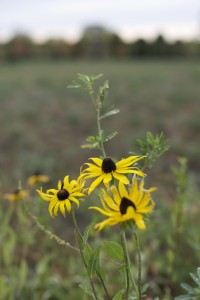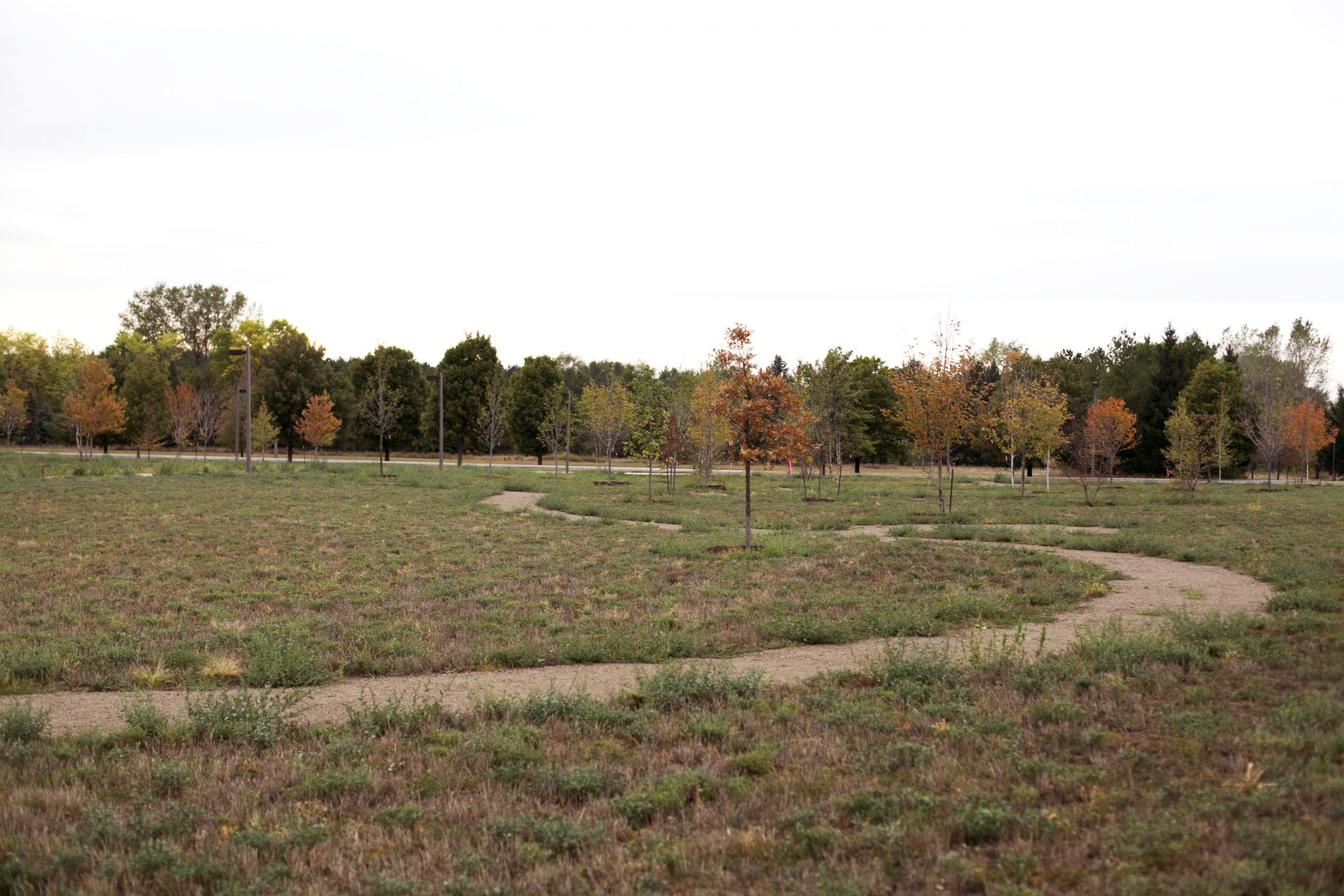The Coneflower Prairie Restoration Project’s dedication occurred last Saturday, Sept. 15 in the Linnaeus Arboretum to honor the donors of the project as part of the events of the second annual Celebrate St. Peter Day.
The project, which came to fruition thanks to Professors of Biology Cindy Johnson and Pamela Kittelson, began when former Gustavus student, Althea Archer, was working on her honor’s thesis in biology and suggested the land be returned to its once native state, prior to settlement.
“We followed a lot of her original suggestions,” Kittelson said. “We’ve been looking at [her honor’s thesis] and seeing what she has suggested as far as the kinds of habitats that would do well.”
The prairie was planted in 2008, following extensive fundraisers and grants, one in particular given by The Carl and Verna Schmidt Foundation, which offered a matching grant of $200,000.
The goals of the project are to enhance and restore a native Minnesota habitat to what they would have looked like prior to settlement. At one time, the prairie extended between here and the Rocky Mountains, and even spanned from Texas to Canada.

“All of southern Minnesota used to be tall grass prairie, and so this area was really set up to represent the land that Gustavus was on,” Junior Mary Patterson, a student who has been actively researching the prairie throughout the summer, said.
“Less than one percent of that habitat remains today, so it is a very endangered ecosystem – in fact it is one of the most endangered ecosystems in the world,” Kittelson said.
Another objective, alongside increasing habitat for animals and plants, restoring diversity in the prairie, and allowing research for faculty and students, is to create recreational and aesthetic opportunities.
“I think it’s a great resource for the Gustavus community, and it provides so many different opportunities – recreational, educational, and spiritual ways that allow people to go and connect with the environment,” Patterson said. “When you’re looking for a time to take a break from school it’s a great place to find a sanctuary super close to campus.”
Indeed, the prairie offers students a chance to get away from asphalt and enjoy the peaceful solitude in a place with a sense of serenity in it.
“There are so many people at this school. I feel they aren’t really connected to the area around them. I think this is a great resource for people to learn about the place that they’re living and hopefully care about it,” Patterson said.
However, even with the dedication, it is nowhere near the end for the prairie. “A prairie restoration project is never done; over the years we’ll be fighting invasive species, burning the prairie, mowing and researching it – it’s not just something that you plant and look back at,” Scott Moeller, the arboretum’s naturalist, said.
A restoration is a perpetual project, involving an ever-changing ecosystem. “What was phenomenal about our experience this summer was that every time we went out we found something new, whether it was a new plant or a new animal, it felt different,” Kittelson said. “In June it was alive with birdsong, and in July there was this gorgeous display of flowers, of many different kinds, and in August when it got hot and dry there were just grasshoppers and insects everywhere. It has been such a privilege to see it change.”
The prairie is still in its infant stage even after these years of ongoing development.
“I mean they talk about the kind of forethought it takes to plant a tree, that you’ll never see its full maturity during your lifetime,” Kittelson said. “I think it’s the same with restoration, that you’ll never completely know the future generations that will enjoy this place that you hope to create, or restore.”
The restored prairie is located just past the Borgseon Family Cabin in the Linnaeus Arboretum.
